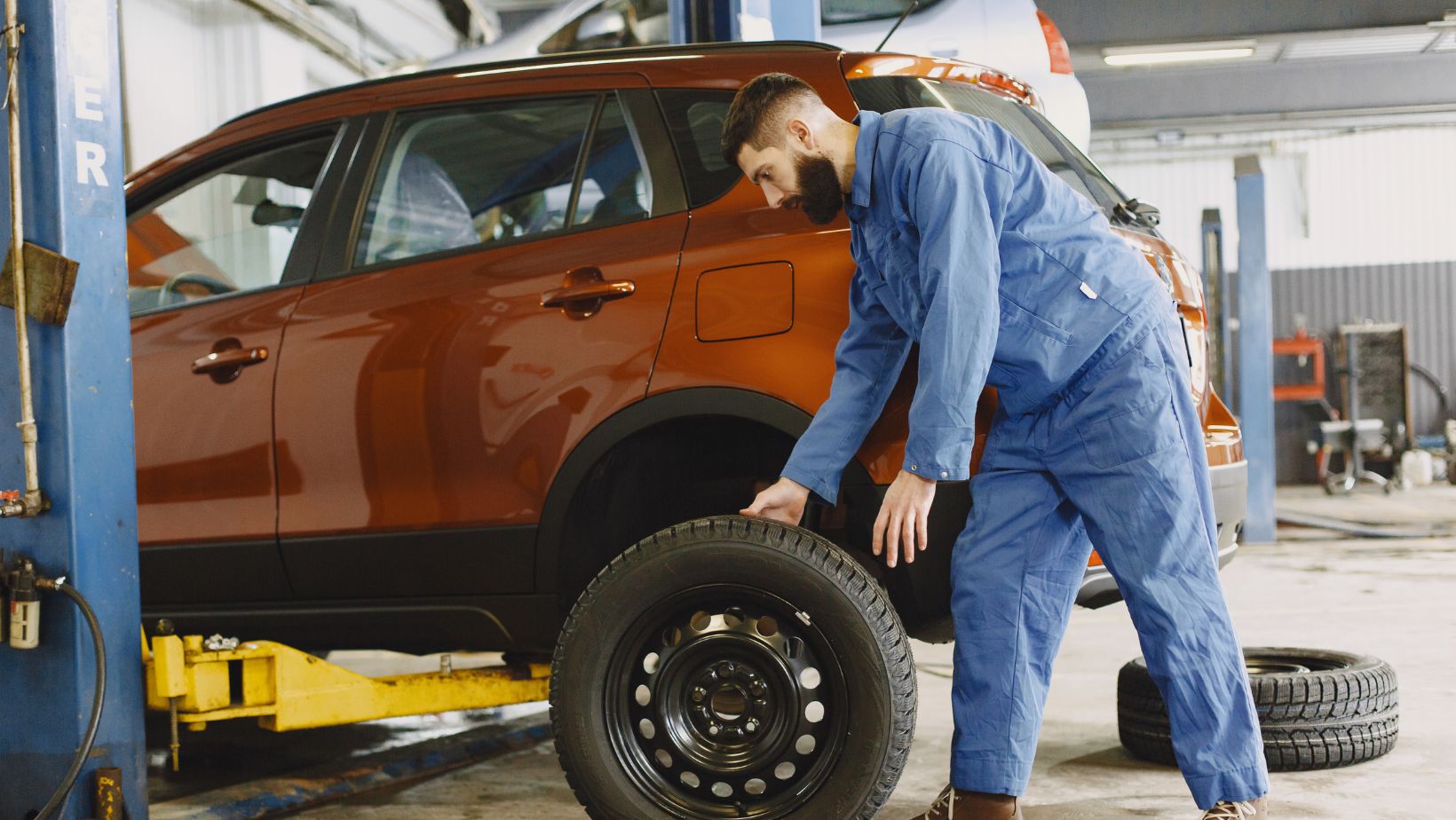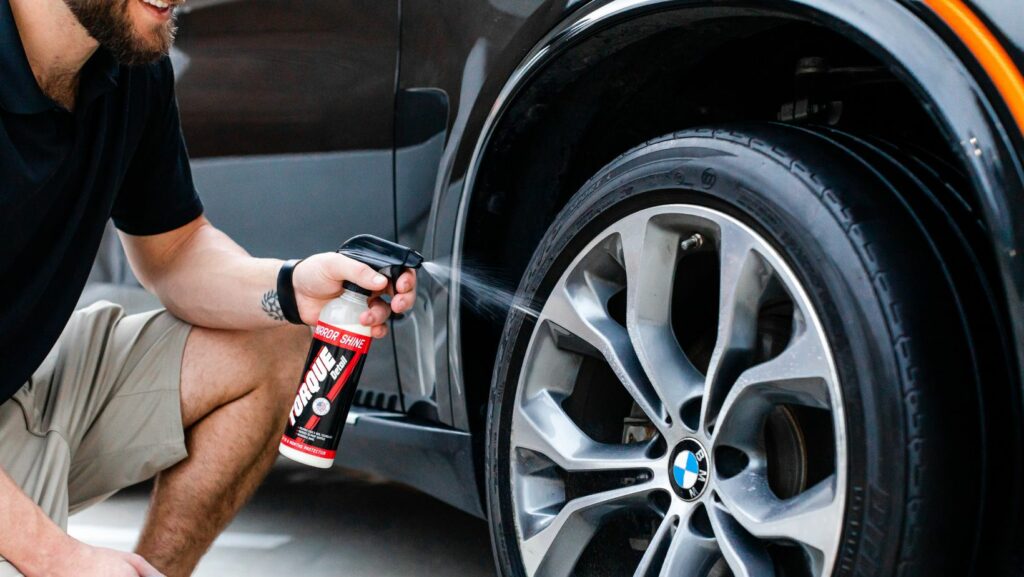Imagine this: You’re cruising along in slow-moving traffic when, out of nowhere, the car in front of you slams on the brakes. You expect your vehicle’s auto-braking system to kick in — but it doesn’t. The result? A fender bender you thought technology was supposed to prevent. While advanced driver-assistance systems (ADAS) have made driving safer, they’re not foolproof. And in many cases, issues stem from something surprisingly overlooked: proper calibration. That’s why ADAS calibration specialists play such a vital role in keeping these systems working when it matters most.
What Is Auto-Braking, Really?
Auto-braking, often bundled within broader ADAS features, uses sensors and cameras to detect obstacles and apply the brakes automatically if a collision seems likely. It’s designed to be a backup — a safety net for when a driver’s reaction time isn’t quick enough.
These systems typically rely on:
- Radar sensors (often mounted in the grille or bumper)
- Forward-facing cameras (usually near the rearview mirror)
- Ultrasonic sensors (used in low-speed scenarios like parking)
When these components are out of alignment, the system can’t “see” the road clearly — and even a few millimetres of misalignment can throw off timing and judgement.
Why Calibration Matters More Than You Think
ADAS systems are finely tuned and rely on precise data. Calibration ensures that sensors and cameras are positioned and functioning exactly as the manufacturer intended. But here’s the kicker: even something as simple as replacing a windscreen or realigning your wheels can throw that calibration off.
Common triggers for needing recalibration include:
- Windscreen replacement
- Front bumper or grille damage
- Suspension or steering work
- Tyre size changes or alignments
Skip recalibration after these fixes, and your auto-braking system may not respond accurately — or at all — in critical moments.
The Hidden Risk After Repairs
Let’s say you’ve just had your car repaired after a minor scrape. The panel beater did a great job, and everything looks perfect on the surface. But was the ADAS recalibrated? Many drivers don’t realise that even minor bodywork can disrupt the positioning of essential sensors.
In some cases, uncalibrated systems may:
- Fail to detect vehicles or pedestrians accurately
- Give false alerts or warnings
- Delay braking or fail to activate altogether
You might assume your car is safer post-repair — but without proper recalibration, it could be more dangerous than before.
How Do ADAS Calibration Specialists Help?
Professionals who specialise in ADAS calibration use advanced tools and diagnostics to fine-tune your system back to factory standards. Depending on the make and model of your car, this can include:
- Static calibration: Performed in a controlled environment using specific targets and measurements.
- Dynamic calibration: Done while driving under set conditions to allow the system to learn and recalibrate on the move.
Either way, it’s not something that can be done casually with a laptop in a garage. It requires precise tools, technical know-how, and access to manufacturer specs.
DIY Isn’t an Option Here
Unlike topping up your oil or replacing a battery, ADAS calibration is not a DIY job. Attempting to “reset” a system without proper tools won’t fix misalignments — and worse, it could create a false sense of security. If your auto-braking system hasn’t been professionally checked after a service or repair, there’s a chance it won’t activate when you expect it to.

How to Know If Your Car Needs Recalibration
If you’re unsure, ask yourself:
- Has your car had recent windscreen, bumper, or suspension work?
- Are you seeing warnings or errors related to lane assist, cruise control, or braking?
- Is your car acting strangely — braking too late, or beeping for no reason?
If you answered yes to any of these, it’s worth having your ADAS checked by someone qualified.
Safe Doesn’t Mean Set-and-Forget
Many drivers assume modern vehicles are “smart enough” to take care of themselves. But even the most advanced safety features still need human oversight — especially when it comes to maintenance. ADAS calibration isn’t just a one-time thing; it should be part of your regular maintenance schedule, particularly after any work that might affect your sensors or cameras.
Final Word
Auto-braking can be the difference between a close call and a costly accident — but only when it’s working properly. Don’t let a small oversight turn into a big problem. If your vehicle’s had recent repairs or you’ve noticed changes in its driving behaviour, don’t wait. Book an inspection with a qualified specialist and make sure your tech is as sharp as it should be.
Sometimes, the safety features we rely on need a little help themselves — and a properly calibrated system can make all the difference when seconds count.

